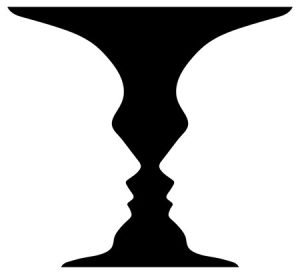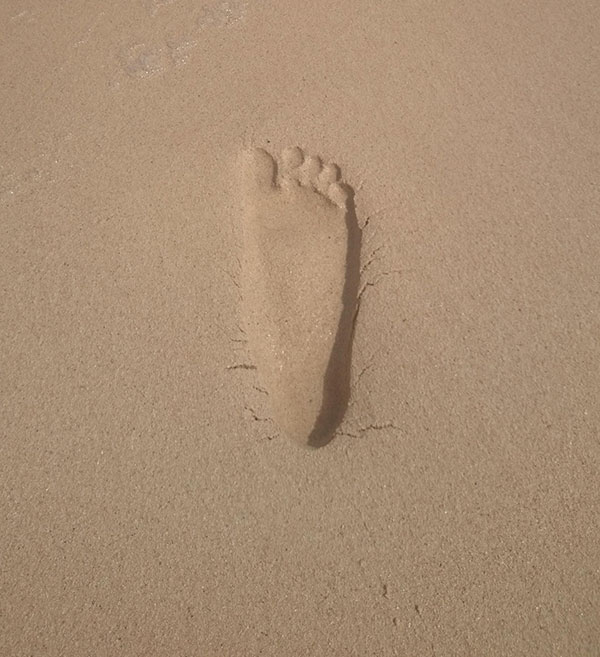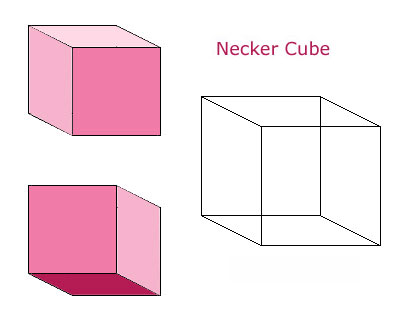Image source: Paige Bucalo
Ambiguous illusions are optical illusions that display two different things depending on how you look at them. They are also known as bi-stable or reversible figures because the brain struggles to settle on a single interpretation. One moment you see one thing, the next it flips into something else.
Some of these illusions work by flipping between two figures, like the famous duck-rabbit illusion. Others create confusion about depth, like the hollow mask illusion. Is that footprint in the sand raised or sunken?
Reversible figures: Two images in one
One of the most common types of ambiguous illusions is reversible figures, where an image flips between two possible interpretations. Your brain can only see one at a time, switching back and forth as it is trying to make sense of what’s there.

Famous examples include:
-
Rubin’s Vase – A simple black-and-white drawing that shifts between two faces and a vase.
-
The Duck-Rabbit Illusion – Depending on which way you focus, you’ll either see a duck facing left or a rabbit facing right.
-
The Old Woman / Young Woman Illusion – A portrait that can be seen as a young woman looking away or an old woman in profile.
These illusions work because the brain prioritizes different visual cues at different times. You might notice the shape of a nose first, or focus on an outline, causing the image to flip.
Ambiguous Depth Illusions: In or Out?
Some ambiguous illusions don’t just switch between two images—they confuse your sense of depth. Your brain constantly interprets shadows, lighting, and perspective to judge distance, but when the visual cues are unclear, it can’t decide whether something is popping out or sinking in.

Common examples include:
-
Hollow Mask Illusion – A concave (inward) mask appears convex (outward) because our brains expect faces to bulge outward. Even when you know the mask is hollow, it still looks like a normal face!
-
Footprints in the Sand – Sometimes, a footprint looks like it’s raised above the sand instead of sunken into it. The illusion depends on where the light source is and how our brains expect shadows to behave.
-
Reverspective paintings – Popularized by artist Patrick Hughes, these artworks appear to shift and move as you walk past them. They are physically built in a way that defies normal depth perception, making parts of the image appear convex when they are actually concave.
Depth illusions remind us that what we see isn’t always what’s really there. Our eyes and brains work together to interpret depth, but when the information is misleading, reality itself seems to shift.
Ambiguous Perspective Illusions
Some illusions challenge how we interpret three-dimensional space. The Necker Cube is a perfect example—at first glance, it looks like a simple wireframe cube, but after a second, it flips, and what was the front now appears as the back.

Ambiguous Motion Illusions
Some illusions don’t just make objects appear to move—they make it impossible to tell which direction they are moving in. The Spinning Dancer illusion or Ames Window are famous examples. Some people see them turning clockwise, while others see counterclockwise, and with focus, the direction can flip.

